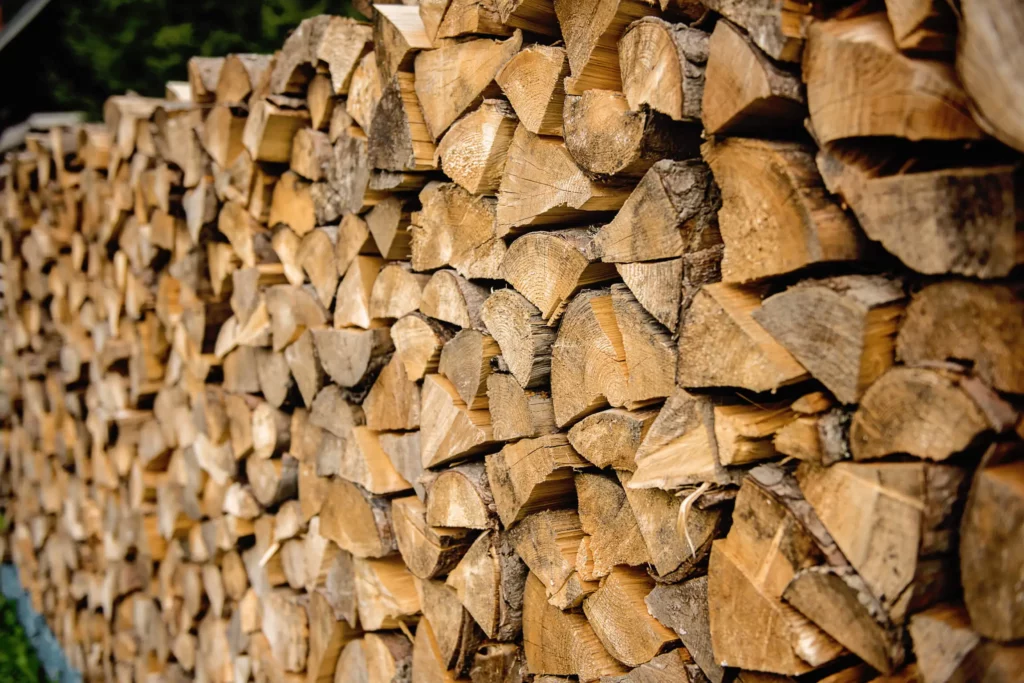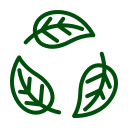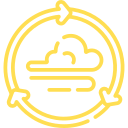Seasoned Firewood Is Available!
- Seasoned Mixed Hardwood
- Dried for 9 months minimum.
Half Cord $175
Full Cord $300
One and a Half Cords $450
A delivery fee may apply. Local pickup is available.

Beech trees, iconic for their smooth gray bark and towering presence, are facing unprecedented challenges from a fast-spreading ailment known as Beech Leaf Disease (BLD). This disease is not just a concern for the trees themselves but also for the delicate ecosystems that they support. Here’s everything you need to know about BLD, including how to identify it, its environmental impact, and what you can do to help.
First documented in the United States in 2012, Beech Leaf Disease (BLD) affects the health and vitality of beech trees. The disease disrupts normal leaf development and can lead to defoliation and, in severe cases, tree death. While the exact cause of BLD is still under investigation, symptoms and spread are well-documented.
Beech trees, as keystone species, play a critical role in maintaining the health of forest ecosystems. Their decline deeply impacts biodiversity, affecting a variety of plants and animals that rely on these trees for shelter, food, and habitat stability.

Look for dark green, interveinal bands on leaves. These bands eventually darken further, impacting the entire leaf.

BLD affects leaf structure, causing visible curling and deformities that stand out from healthy foliage.

As the disease progresses, the affected leaves fall prematurely. This can lead to a sparse canopy and, eventually, bare branches.

Newly emerging buds and leaves may also show symptoms of distortion, failing to form normally.

Wind and rain appear to carry the disease from tree to tree, enabling rapid transmission.

Logging, transporting infected plant material, and landscaping activities can unintentionally exacerbate the spread.

Though still being studied, insects may act as vectors, carrying the pathogen from one tree to another.

Regularly inspect local beech trees for symptoms. Report cases of BLD to local forestry departments or tree health specialists.

Join community initiatives and surveys that aim to track the health of beech trees. data collection aids researchers in understanding disease patterns.

Educate your community about BLD and its impact. Public awareness is essential in mobilizing broader conservation efforts.

Donate to organizations and research institutions focused on finding treatments or preventive strategies for BLD.
Beech trees play a central role in forest ecosystems throughout regions like Bucks County. They help retain soil moisture, shelter wildlife, and form part of the nutritional cycles in the area. Healthy beech trees contribute significantly to biodiversity, from insects to larger mammals that rely on them for sustenance and shelter. Their loss would reverberate across the ecosystem, diminishing forest resilience over time.

Research is ongoing to better understand the pathogens responsible and to find effective ways to treat or slow the spread.

Local tree-watch initiatives help authorities stay ahead of outbreaks and limit disease progression.

Tree health experts offer recommendations on how to safely move plant material and manage nearby forested areas to prevent unintentional disease spread.
Beech Leaf Disease represents a silent yet dangerous threat to both our forests and the biodiversity they harbor. By familiarizing ourselves with the disease’s symptoms, understanding its implications, and supporting community-driven disease management initiatives, we can work together to safeguard the beech trees in Bucks County and beyond.
If you are concerned about the health of beech trees in your region or want expert assistance in diagnosing Beech Leaf Disease, contact our Certified Arborists today. Together, we can create a greener, healthier environment for future generations.
A delivery fee may apply. Local pickup is available.
